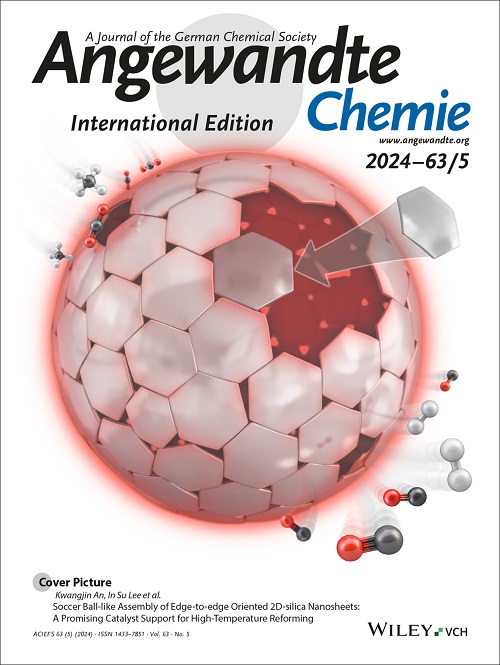Coupling Photocatalytic Reduction and Biosynthesis towards Sustainable CO2 Upcycling
IF 16.1
1区 化学
Q1 CHEMISTRY, MULTIDISCIPLINARY
引用次数: 0
Abstract
Upcycling carbon dioxide (CO2) into long-chain compounds has attracted considerable attention with respect to mitigating environmental problems and obtaining value-added feedstocks, but remains a great challenge. Herein, we report a tandem photocatalysis-biosynthesis strategy for efficient CO2 reduction to energy-rich sucrose or α-farnesene. Firstly, photocatalytic reduction of CO2 to CH4 was optimized over the transitional metal doped ZnO (M-ZnO). The as-prepared Ni-ZnO preferentially reduces CO2 to CH4 with a production rate of 1539.1 µmol g−1 h−1 and a selectivity of 90%, owing to the unique interface structure (Znδ+−O−Niβ+). Subsequently, Methylomicrobium buryatense 5GB1C was genetically engineered to produce sucrose or α-farnesene using photocatalytically-obtained CH4 as the sole carbon source, with a titer of 96.3 and 43.9 mg L−1, respectively. This study provides a green, low-energy pathway for the synthesis of long-chain compounds from CO2 as the carbon source, which sheds new light on tackling long-term energy demands and sustainable CO2 upcycling.求助全文
约1分钟内获得全文
求助全文
来源期刊
CiteScore
26.60
自引率
6.60%
发文量
3549
审稿时长
1.5 months
期刊介绍:
Angewandte Chemie, a journal of the German Chemical Society (GDCh), maintains a leading position among scholarly journals in general chemistry with an impressive Impact Factor of 16.6 (2022 Journal Citation Reports, Clarivate, 2023). Published weekly in a reader-friendly format, it features new articles almost every day. Established in 1887, Angewandte Chemie is a prominent chemistry journal, offering a dynamic blend of Review-type articles, Highlights, Communications, and Research Articles on a weekly basis, making it unique in the field.

 求助内容:
求助内容: 应助结果提醒方式:
应助结果提醒方式:


